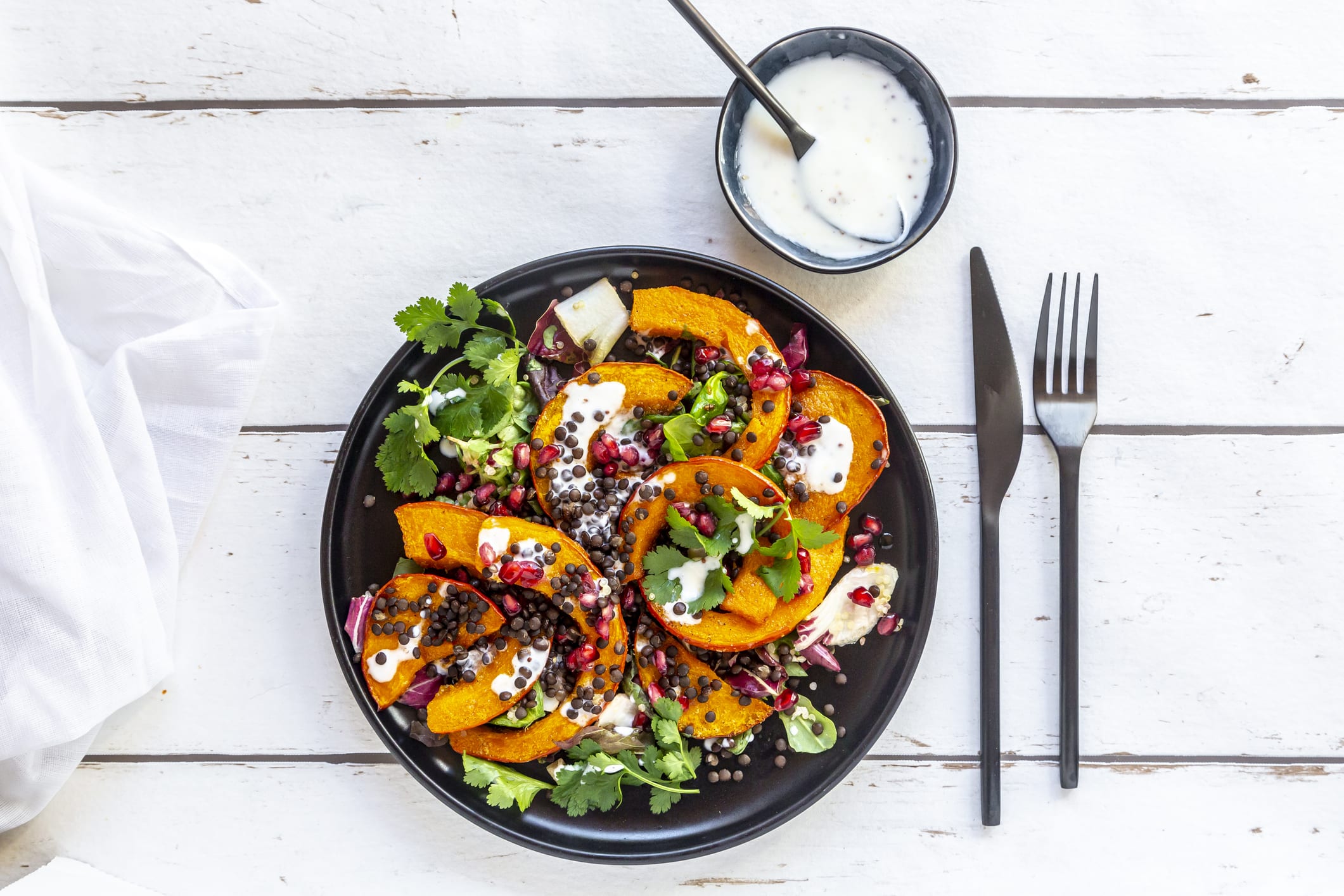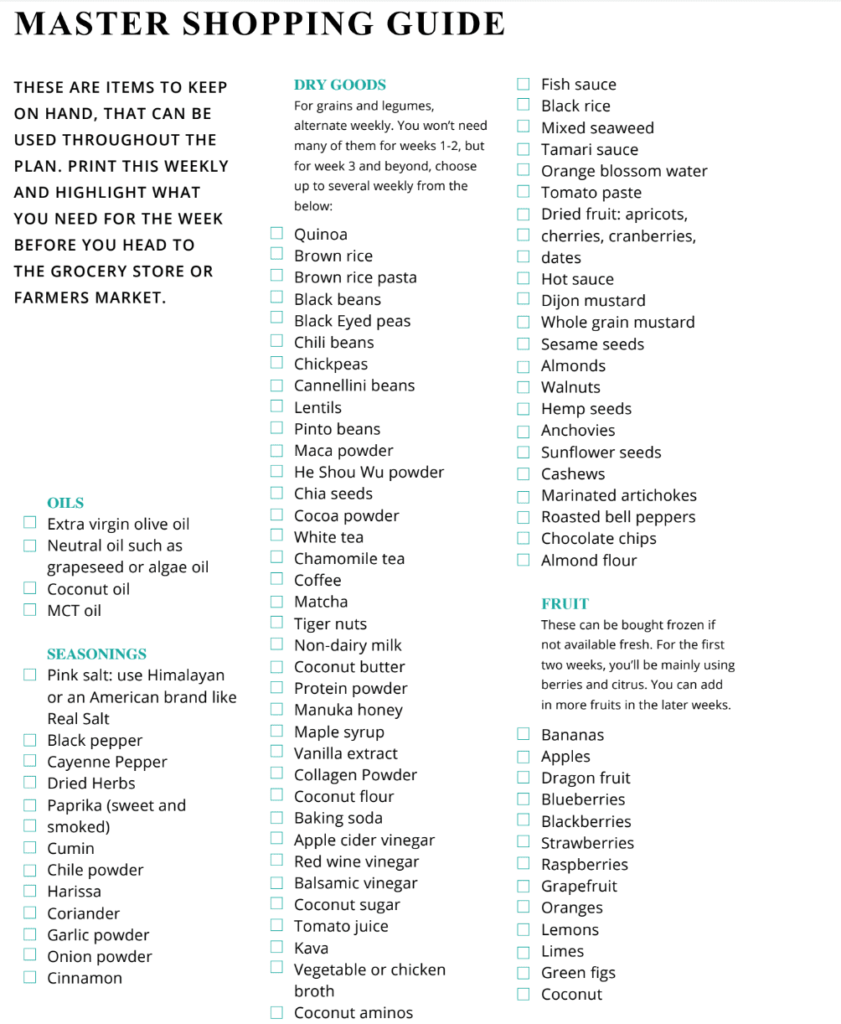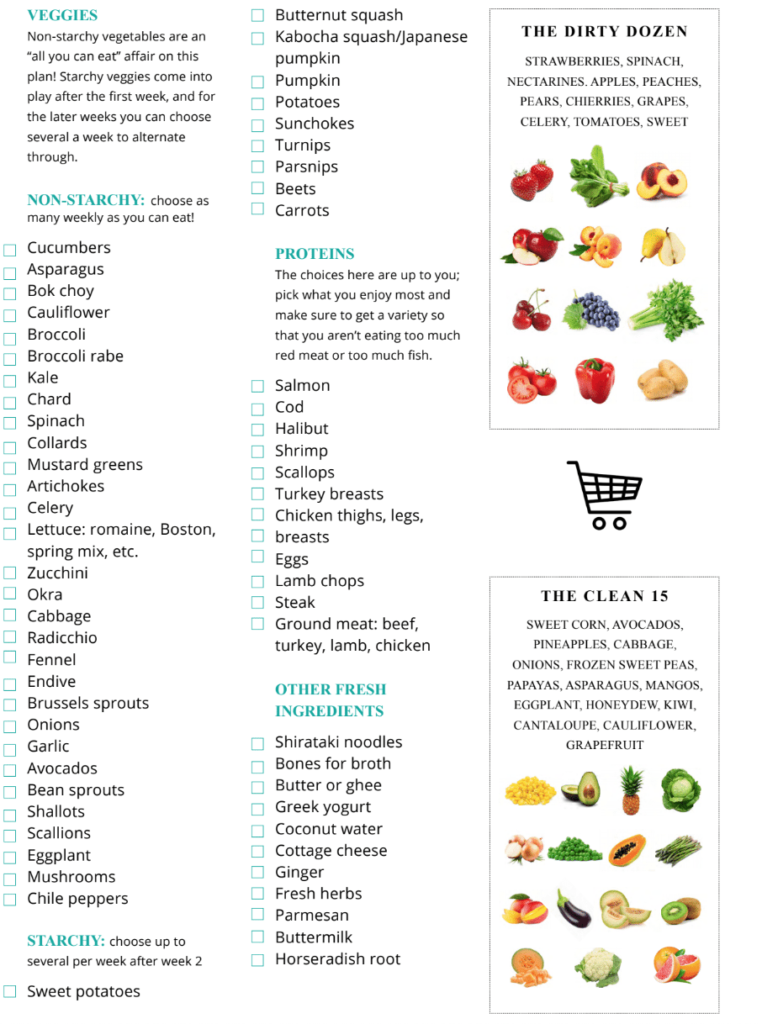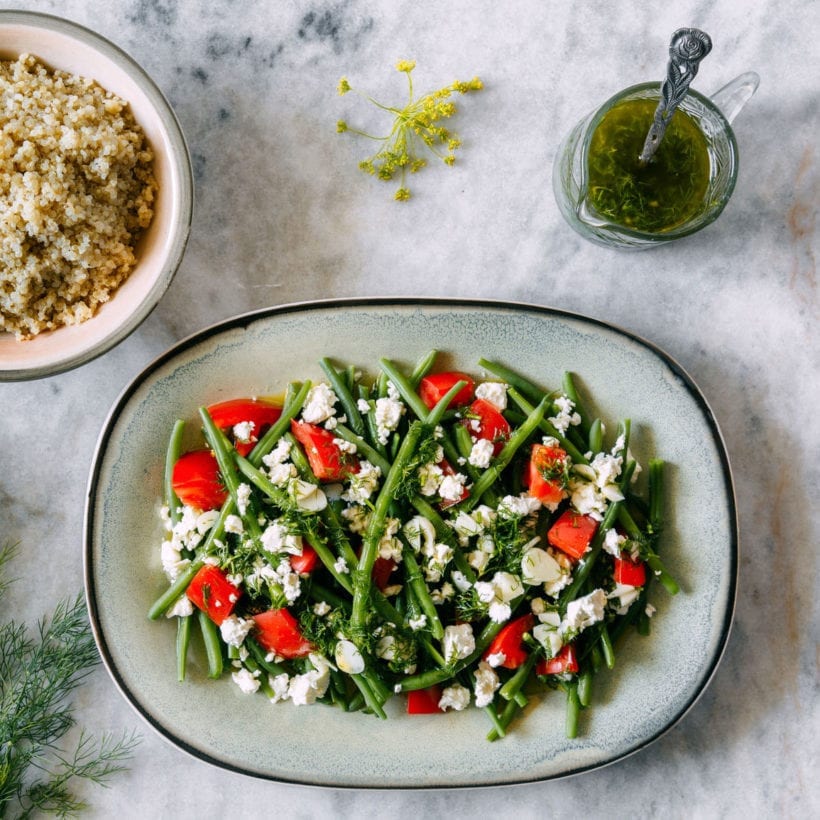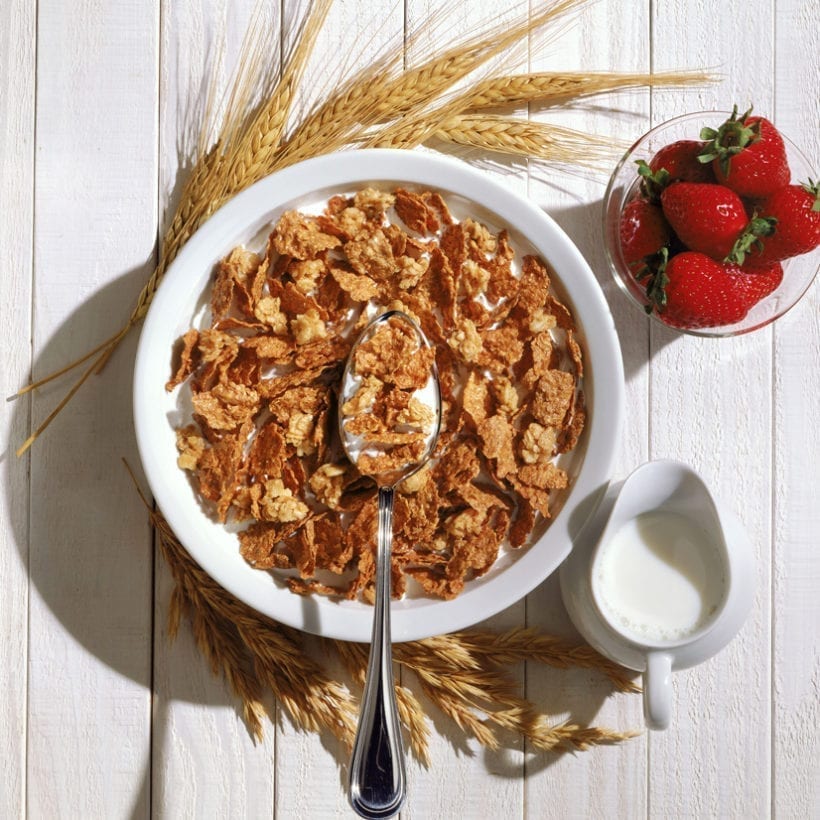Maybe you feel minor aches or stiffness every now and then. Maybe you’ve been complaining about being extra tired or having trouble sleeping. Maybe you’ve been having trouble recovering from workouts.
It could be due to weakened fascia.
Though the clinical world is still hesitant to give fascia much attention (partly because scientists can’t agree on one, comprehensive ‘fascia’ definition), fascia is the spiderweb-like structure that literally holds all your organs and muscles together. “Fascia is the connective tissue that lies right underneath the skin and above the muscle,” says Lauren Roxburgh, body alignment expert, certified personal trainer, wellness educator and founder of the Aligned Life Studio. “It’s kind of like this beautiful saran wrapping that’s stretchy and pliable and it wraps around each individual muscle, around our organs, and our joints.”
Fascia is mostly made of collagen and water and it’s essential to keep your fascial system healthy. According to Roxburgh, a weakened fascia could be one of the key reasons why you could be having chronic pain or a decreased metabolism. Some of the benefits of when your fascia is working its best are that you’ll have improved body alignment (which means better posture and less pain), better blood flow (read: glowier, healthy-looking skin), and a reduced appearance of cellulite. “Cellulite is the brittle connective tissue that pushes the fat through the tissue, which creates that dimpled, orange peel look. So a more smooth, hydrated, and nourished fascial tissue system results in smoother skin,” says Roxburgh. When your fascial tissue is healthy, it’s flexible and malleable — making it easy for you to bend and move without pain.
What weakens your fascia?
There are several common causes of weakened fascia, which include a lack of exercise, bad posture (a.k.a. being hunched over at your computer desk), dehydration, not sleeping enough, stress, muscle injury (from overuse or improper use), and not eating right — basically, everything that’s been a result of pandemic living. When your fascial tissue is weakened, you might feel it in the form of tightness (like a “knot” in your muscle) and clumpiness that restricts your physical movement. Weakened fascia could also be a simple result of aging, where your metabolism slows down and you naturally start to produce less collagen.
What can you do to strengthen your fascia?
If you’ve ever gotten a massage from a professional, a good masseuse will tell you at the end to drink a ton of water throughout the day. That’s because massage stimulates your lymphatic system that’s in your fascia. Since professional massages aren’t always feasible (or financially possible), at home you can use a foam roller to detox your lymphatic system and boost circulation. “If we don’t move our bodies, [toxins] build up like plaque in our fascial system. We need to think about it like how we need to exfoliate our skin: Clearing our fascial tissue is like another level of hygiene because stuff can get stuck in the tissue,” says Roxburgh. “Magnesium is one of the miracle minerals that’s really important for healthy connective tissue because it also helps prevent lactic acid buildup from over-training,” says Roxburgh. “I’m coming out with a product later this year that’s a powder supplement with collagen and magnesium blended with zinc, hyaluronic acid, and vitamin C. It’s meant to be taken at night when your body is [already naturally] restoring and regenerating itself. It helps your body assimilate all of these amazing nutrients when you sleep at night,” she says.
In addition to staying hydrated, getting plenty of sleep, and staying active, there’s a key component of implementing “fascia foods” into your diet.
What the heck are “fascia foods?”
Proper nutrients are the basis for building and protecting your fascia. This includes a balanced diet of healthy fats, minerals/vitamins, amino acids, high fiber, and collagen. The last one is important as “we start to lose collagen as we age and collagen is a protein. Fascia foods are all about ‘feeding’ our tissues,” says Roxburgh. “The way we eat and nourish our bodies can have such an impact on the radiance of our skin and the energy and chi in our system. Remember when everyone started talking about how you can ‘eat to glow’? Fascia foods are similar: It’s like beauty foods, but now we’re taking it to a deeper level because it’s also about longevity and how to prevent a lot of these things where our bodies break down with joint health,” she says. In addition to these benefits, fascia foods also contribute to gut health so you can better absorb all those good nutrients from your diet that promote your collagen production.
Some of the featured ingredients that are fascia-boosting superstars include:
- Antioxidant-rich fascia foods: avocados, berries, bell peppers, citrus fruits, cocoa powder or dark chocolate, extra virgin olive oil, garlic, herbs (e.g. parsley, rosemary, and basil), honey, leafy greens, onions, spices (e.g. ginger and turmeric), tomatoes, and white or green tea.
- Fiber-rich fascia foods: beans, hard squashes, nuts (e.g. almonds and cashews), and seeds (e.g. sunflower or chia).
- Collagen-rich fascia foods: bone broth, eggs, fish, kefir, oysters, red meat, and yogurt.
A fascia food diet is a blend of a Mediterranean diet and a Paleo diet with a focus on plant-based recipes. Both diets share the principle that eating whole and unprocessed foods leads to the best, long-lasting health. There is meat involved if you’re an omnivore, but plenty of ways to make fascia foods a vegetarian-friendly diet.
Roxburgh outlines the full deep-dive into fascia-fortifying ingredients in her Taller, Slimmer, Younger program. To start building your pantry and fridge with your foundational elements, you’ll want the following:
Foods to avoid
See ya, white bread. For the most part, refined sugar, processed flour, hydrogenated oils, artificial ingredients, soda, fried potato products, and processed snacks. If you’re a carb-lover like myself, this is by far one of the hardest parts of sticking with fascia foods (though you can still have quinoa, brown rice, and sourdough — more on that below). It’s also challenging to eat out or order takeout since for the most part those food options are out of your control and have hidden sugar, extra salt, and hydrogenated fats.
How to make a fascia food diet work for you
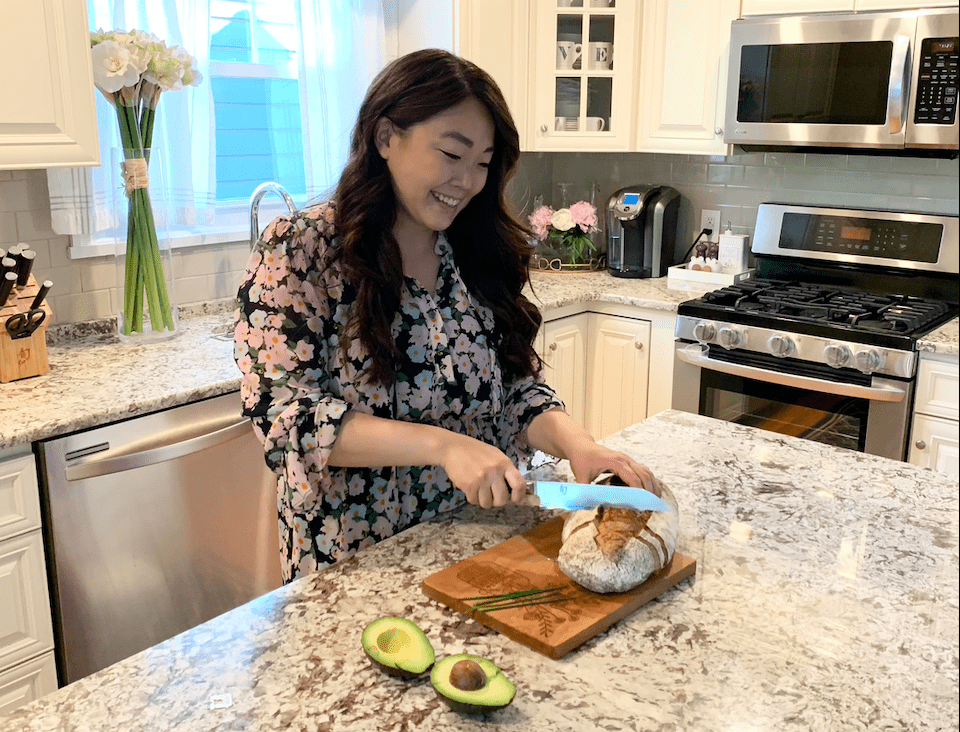
Roxburgh advises to aim for “conscious nourishment” and eat from the earth as locally, organically, and sustainably as we can. Personally, it was difficult to do with a young toddler in the house who would not consider bone broth a meal and keeping under our weekly grocery budget (shopping organic tends to cost more), but there were a few tips to make meal prep less of a pain:
- Shop a local farmer’s market: I loved chit-chatting with local harvesters about what in season — most of the time they are happy to have their customers be better informed about produce! Locally harvested ingredients often taste better and they’re less expensive because they haven’t been sitting in transportation for who knows how long.
- Make it easy with a smoothie: As a busy mom, it was hard to find time to make fresh meals all the time. We’re big take-out fans in my household. So smoothies not only made it easier to get nutrients on the go, they were great for my two-year-old who couldn’t “taste” all the greens if I just mixed it with something a little sweeter, like a ripe banana or Manuka honey.
- Plan for the week: Planning your meal schedule for the week ahead was essential for staying on track (and not resorting to junk in the house). Use recipes during each week that feature most of the same ingredients to avoid throwing out a bunch of food. I loved using the app Supercook where you can plug in what you have in your pantry and fridge to come up with recipe ideas.
- Keep temptations out of the house: When it comes to junk food and sweets that aren’t fascia-friendly, it’s best to try to practice an out of sight/out of mind approach. Throw out or donate whatever doesn’t work for your new fascia food plan.
- Cut veggies ahead of time: Some veggies hold up better than others in the fridge when they’re pre-cut (think: carrots, broccoli, brussels sprouts, and green beans). Leafy greens, tomatoes, and cucumber (things that have higher water content) get too soggy.
- Choose single-ingredient foods while ordering out: Navigating a restaurant menu can be tricky, but your best plan of action is to keep it simple. Think: scrambled eggs at the diner for breakfast with a green juice or grilled salmon with veggies on the side when you’re on a date night out.
What’s an example of a day’s meals?
The biggest misconception is how limited your diet may seem, but with Roxburgh’s program, you’ll get a wide range of options for breakfast, lunch, and dinner that surprisingly feel versatile and tasty while still being great for your fascia. “I worked with a nutritionist for each and every recipe to be very potent and then we investigated each of the ingredients,” says Roxburgh.
My favorites included:
Breakfast
“Beautifying Cocoa Chia Pudding”
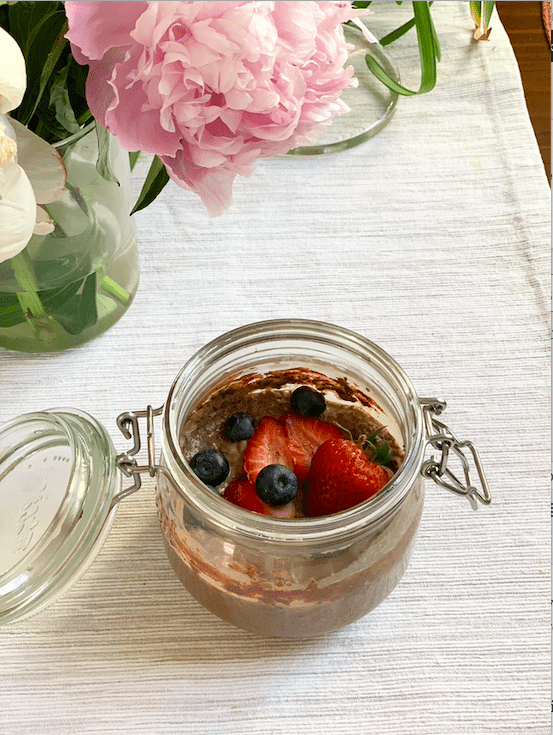
1 cup water or non-dairy milk (I love using coconut milk)
3 tbsp chia seeds
2 tbsp raw cacao powder or cocoa powder
1 serving vanilla or chocolate protein powder
1 small pinch of salt
1 tsp coconut manna/butter
Manuka honey, to taste
Combine chia seeds with milk for at least 15 minutes (I loved just doing this overnight in a big batch that could be eaten for a few days). Add remaining ingredients and stir to combine. Add whatever assortment of fresh berries you’d like when you’re ready to eat it. This felt like dessert for breakfast, which I loved.
Lunch
“Garlic Buttery Slimming Zoodles”
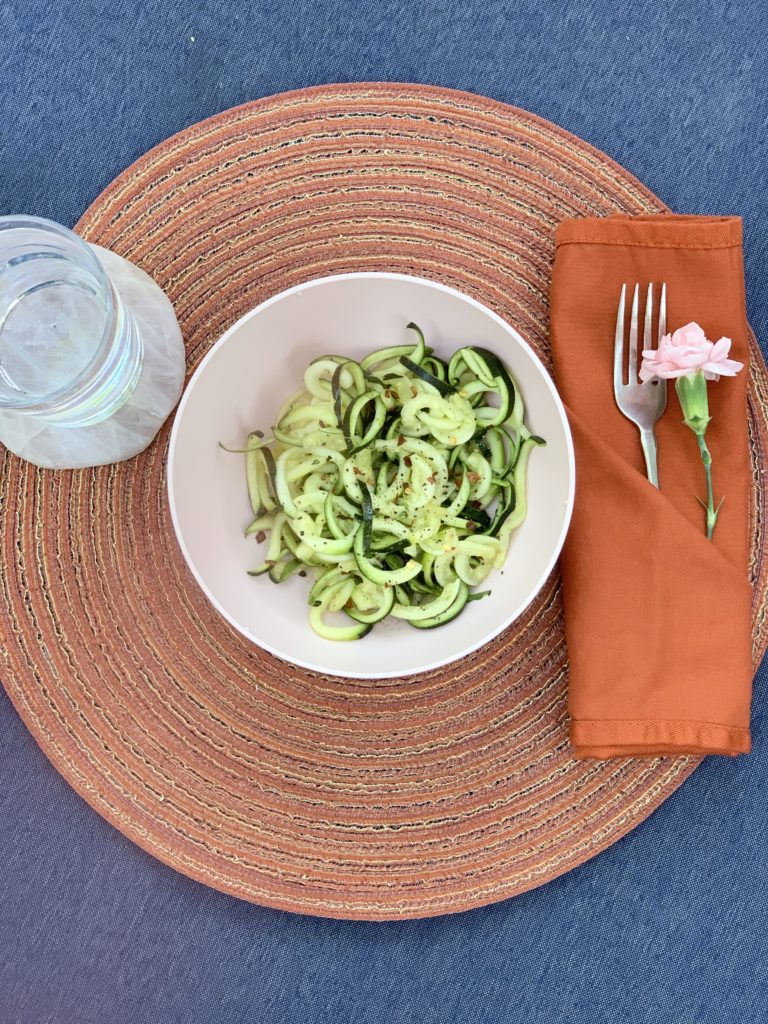
2 cups zucchini shreds
1 tbsp olive oil
2 tsp salt for draining zucchini (actual amount consumed is about ⅓ tsp)
1 ½ tsp lemon juice
1tsp finely minced garlic
⅛ tsp ground pepper
Toss zoodles with salt in a colander and allow to stand for 30 minutes. Drain and squeeze out water as much as possible. In a mixing bowl, add all ingredients and stir to combine. I loved adding fresh herbs like chives and basil to give it something extra.
Snack

1 slice of sourdough
1 poached egg
Avocado slices
The great news for me was that you don’t have to give up all bread. “Sourdough has a very low glycemic index rating. So it actually makes you feel fuller longer,” says Roxburgh.
Dinner
“Soul Soothing Bone Broth”
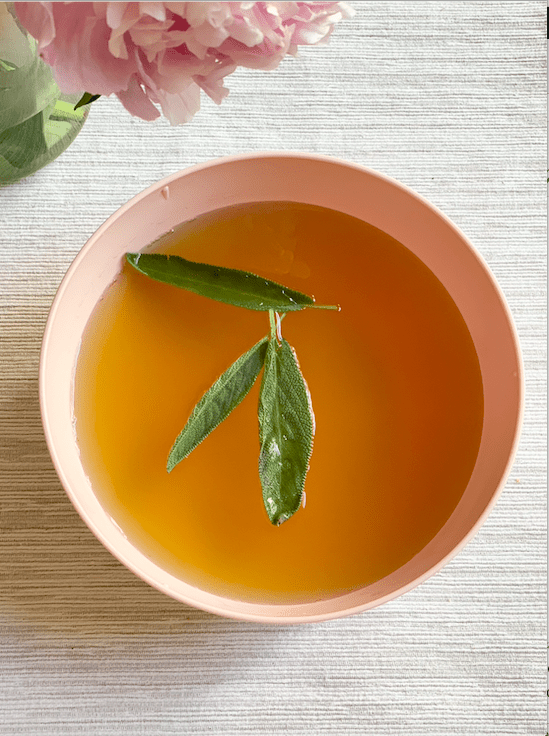
1 lb beef, chicken, lamb, or other bones
2 stalks carrots and celery, chopped
1 onion, quartered
2 cloves garlic
1-quart water
1 tsp pink salt
½ tsp apple cider vinegar
Fresh herbs of choice
Brown bones for flavor by roasting in a pan, or caramelizing on the stove. Skip this step by using cooked bones. Add remaining ingredients and cook for 12-24 hours in a slow cooker, 1-2 hours in a pressure cooker, or on the stove for up to 24 hours. Strain bones and add additional salt to taste. “The times you eat during the day are important, too,” says Roxburgh. “Especially for dinner. One of the things that help restore and regenerate your connective tissue is not going to sleep with a really full belly because you’re going to use all your energy to digest food rather than restore your tissue, your skin, and your gut.”
How long does it take to see or feel results?
“I think you’re going to feel it in the first week, definitely, especially if you do add some of the movements as well with it, it’s money. You’re going to feel it. And then of course we did the 21 days, because 21 days is how you establish a new habit,” says Roxburgh.
Personally, my existing diet was so heavy with anti-fascia foods, every meal felt super restorative right away. Since most of my new meals were lower in calories than I was used to, I felt a lot hungrier in the first week of the experiment as I was getting used to a healthier way of eating. I was snacking more, but feeling less icky about my choices (nuts and fruits, rather than my go-to bag of chips).
With a picky toddler in the picture, it was hard to keep up with making separate meals for myself, so while 21 days is probably achievable for many households, I had to make some compromises along the way. Having my ingredient master list made it easy to make conscious decisions around adding fascia foods and ingredients to my diet (a sprinkle of chia seeds in my cereal, adding a handful of baby spinach to omelet). I felt like on days I ate better, I was able to work out harder, recover easier, and stay more focused throughout my day. Who knew you really are what you eat?
We only recommend products we have independently researched, tested, and loved. If you purchase a product found through our links, Sunday Edit may earn an affiliate commission.
